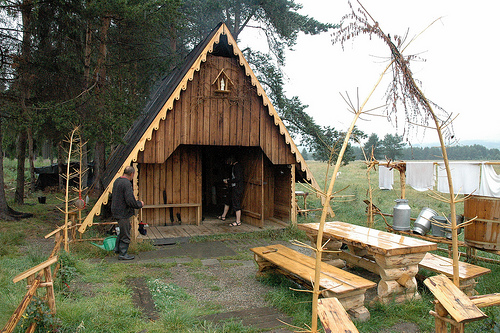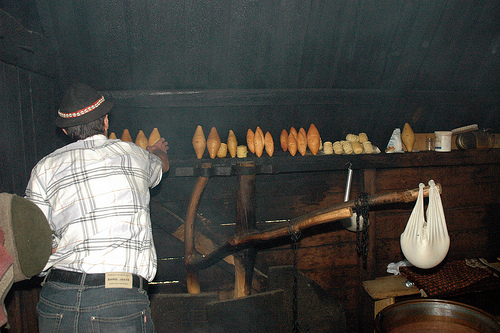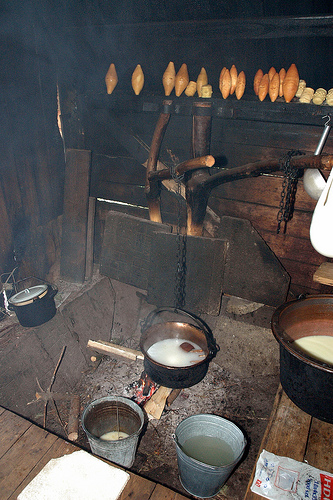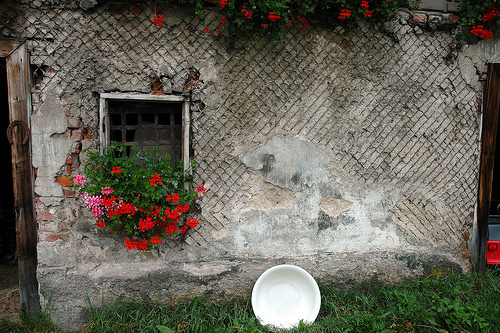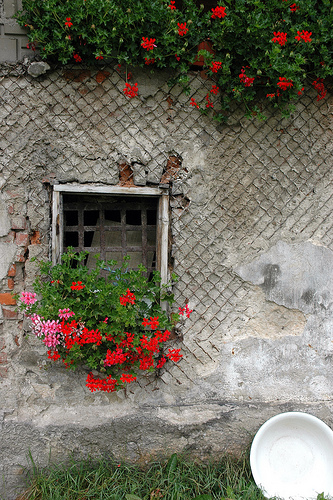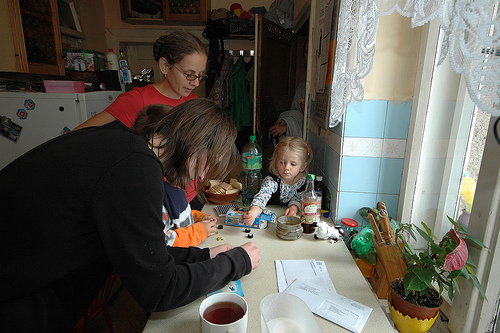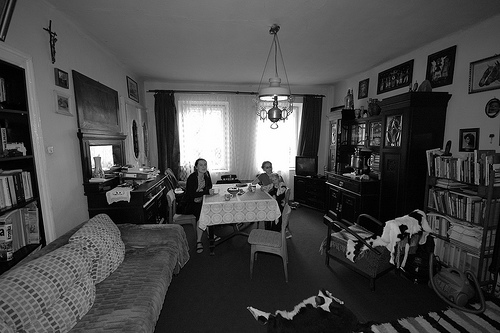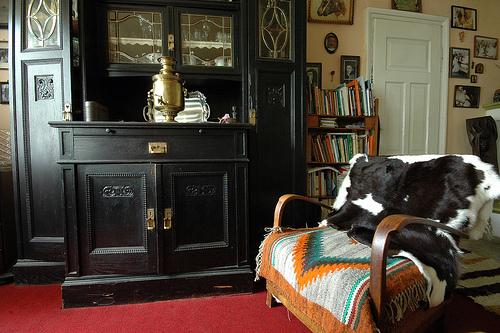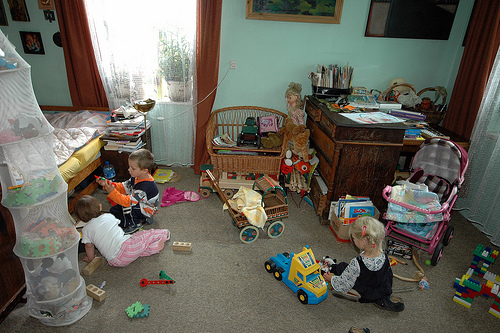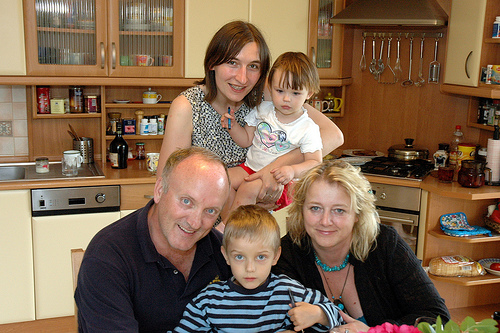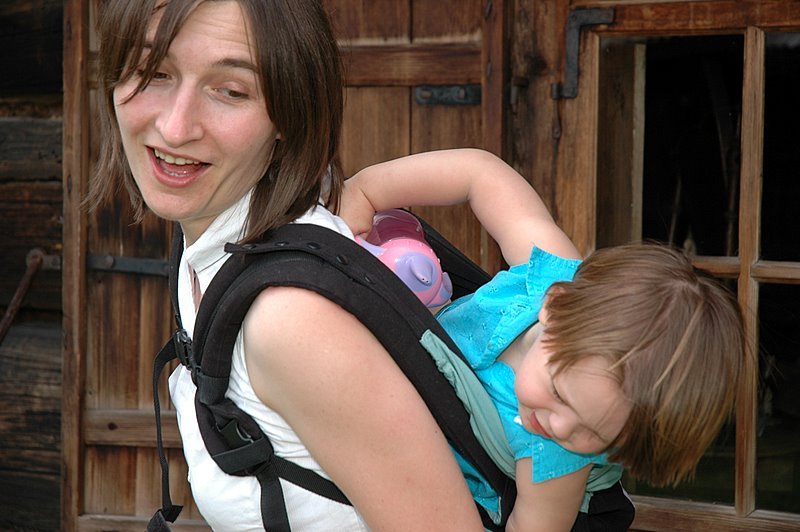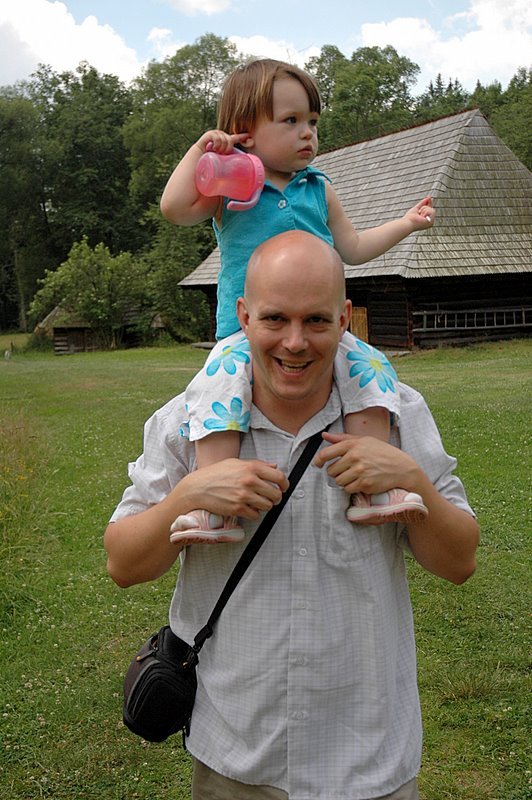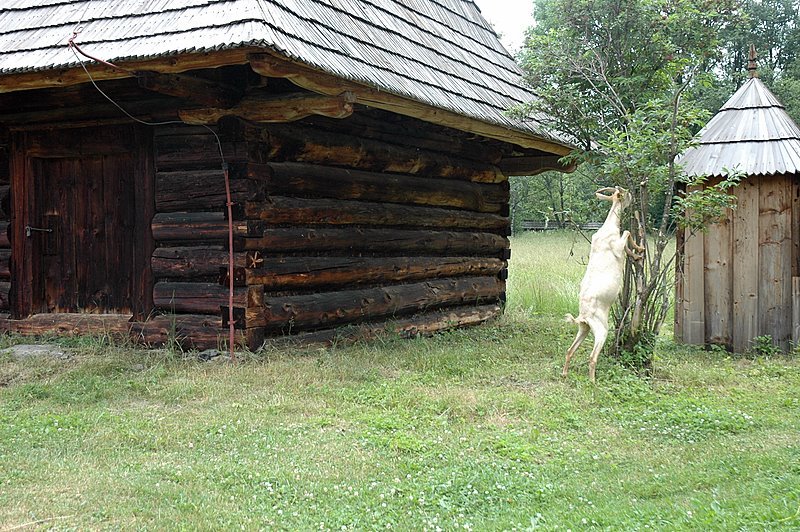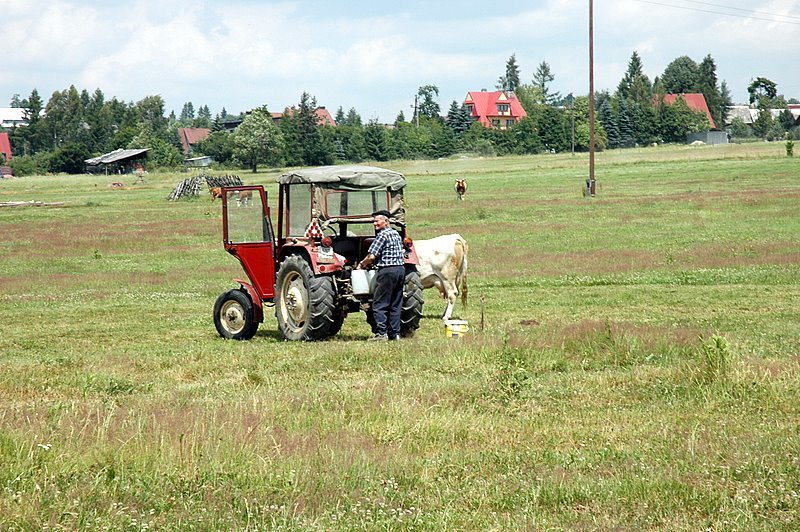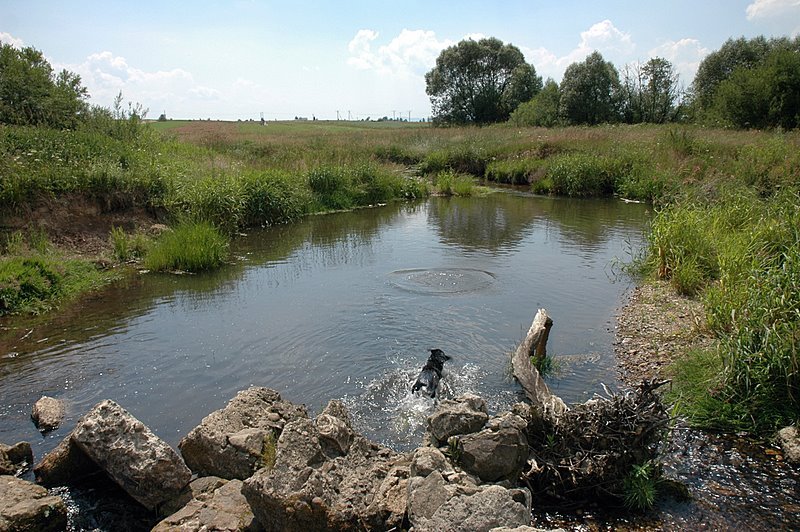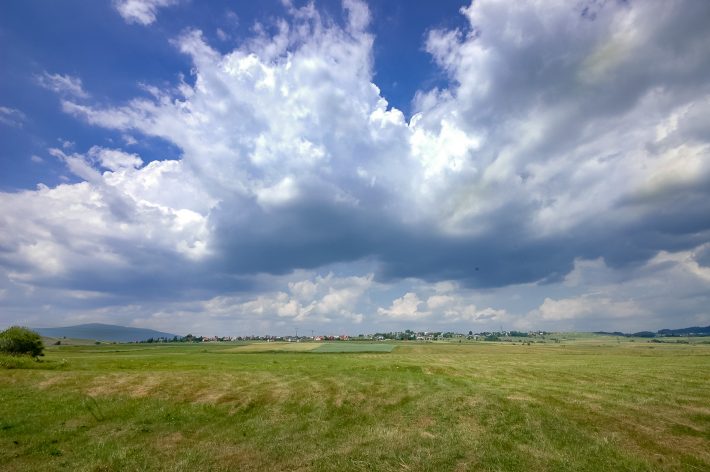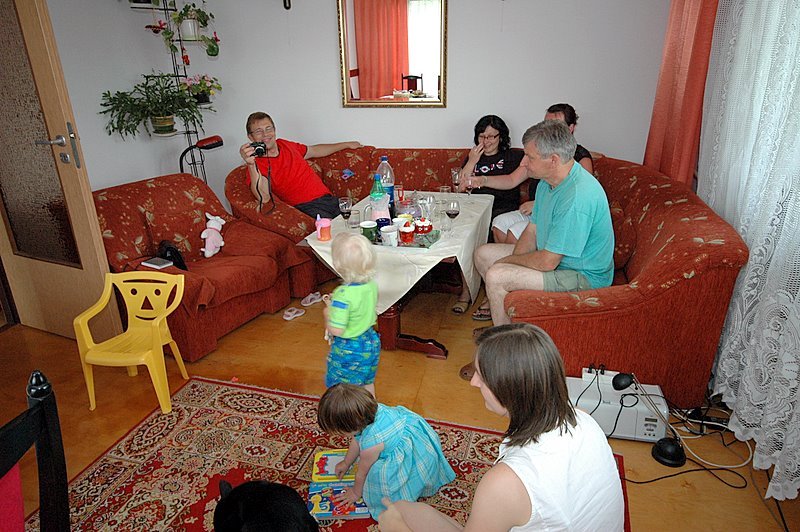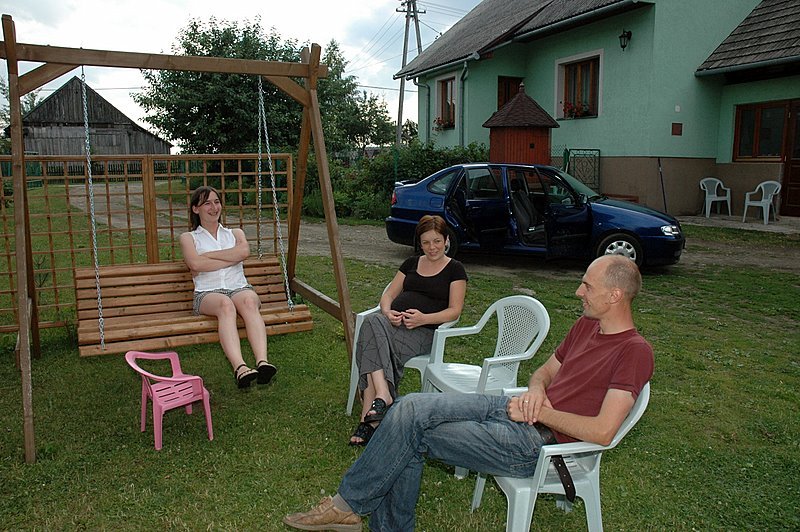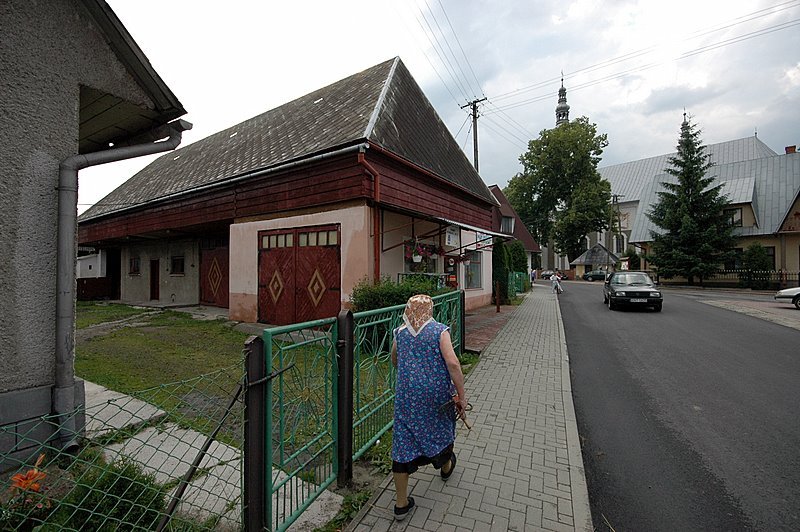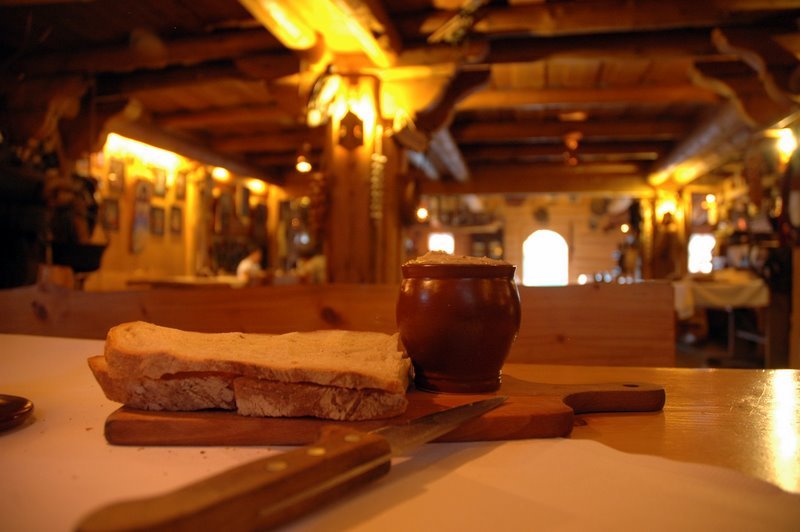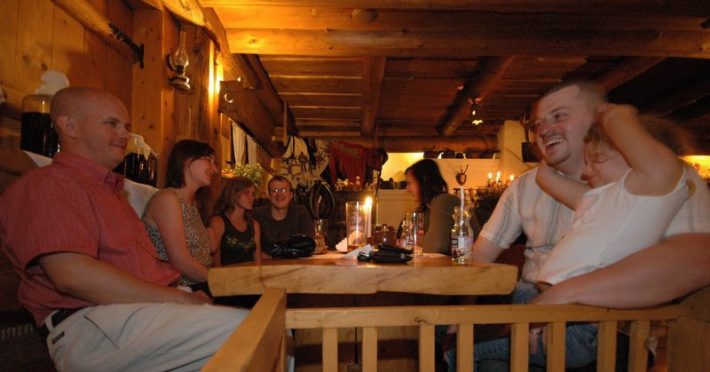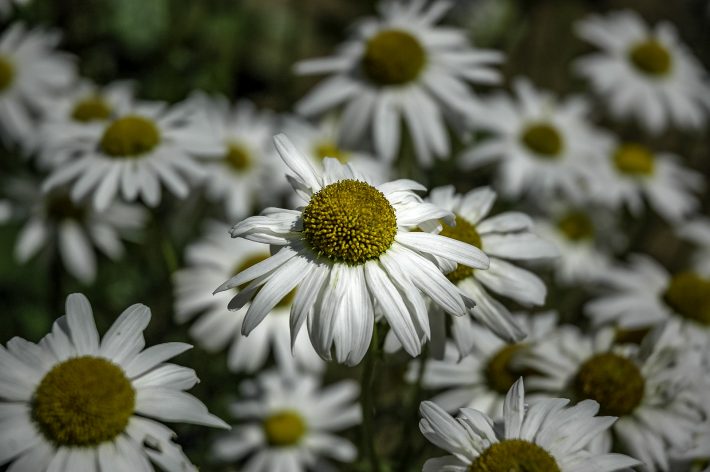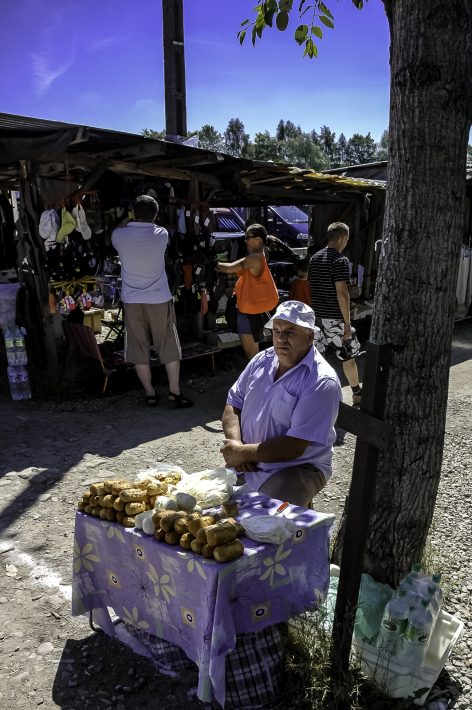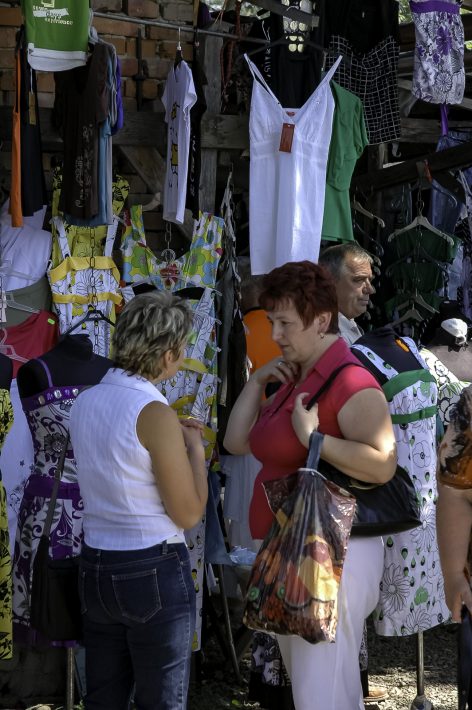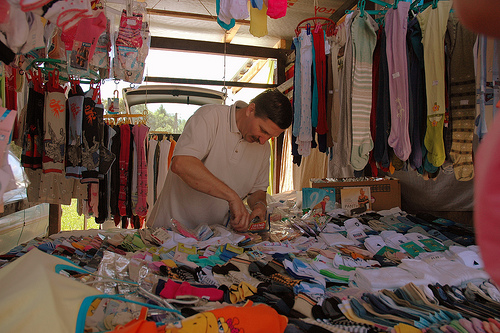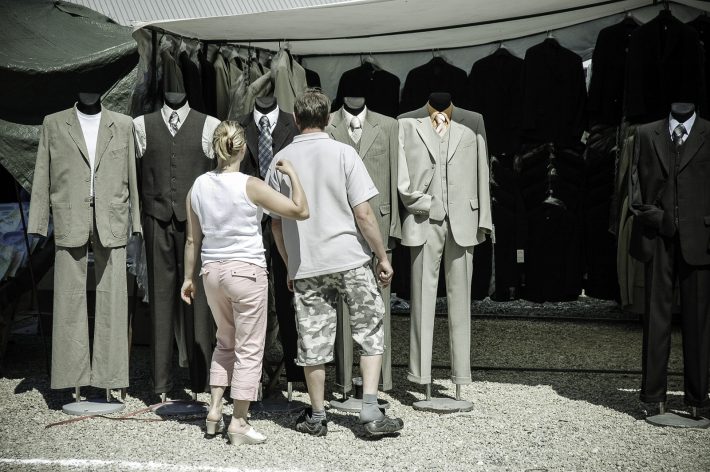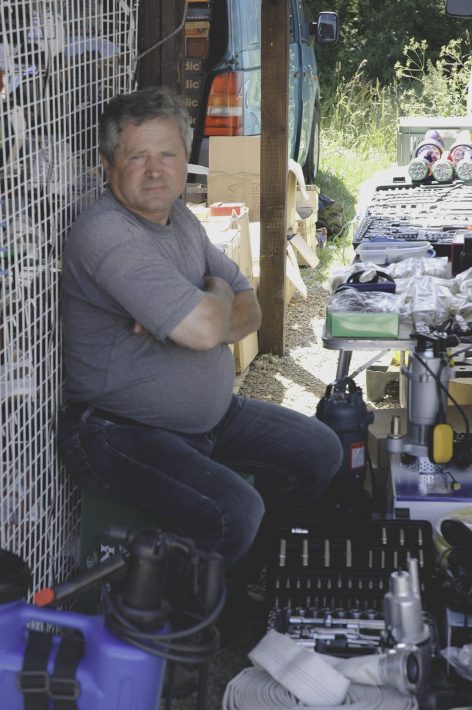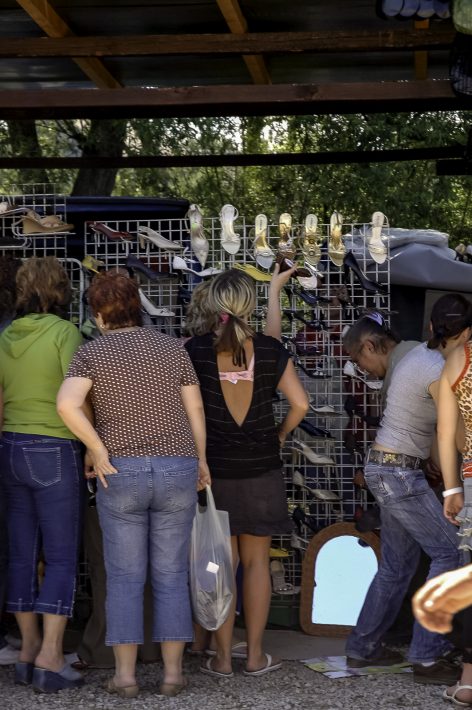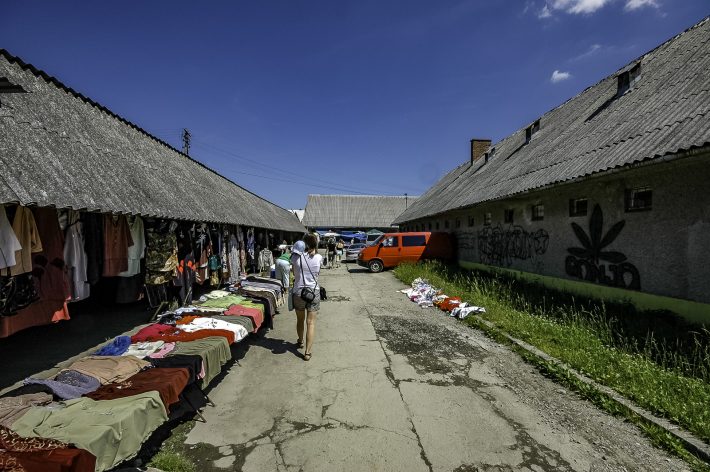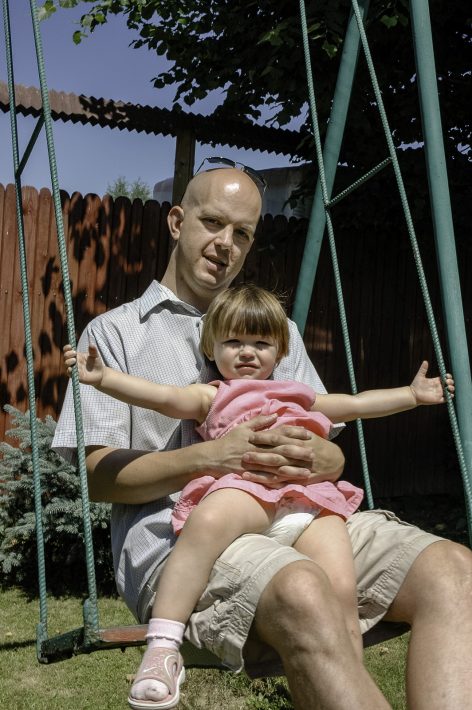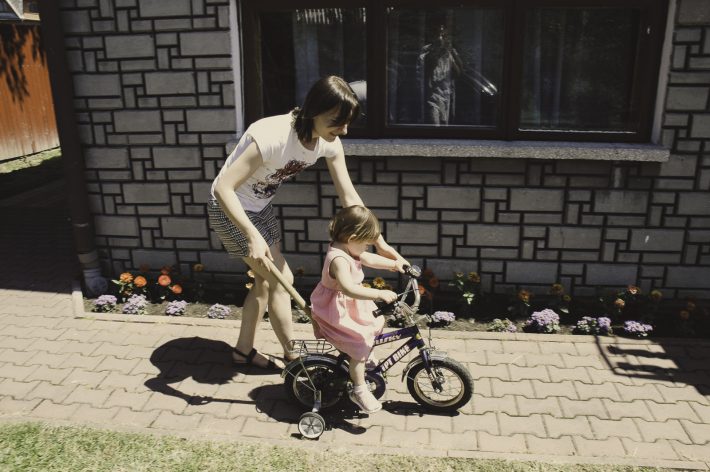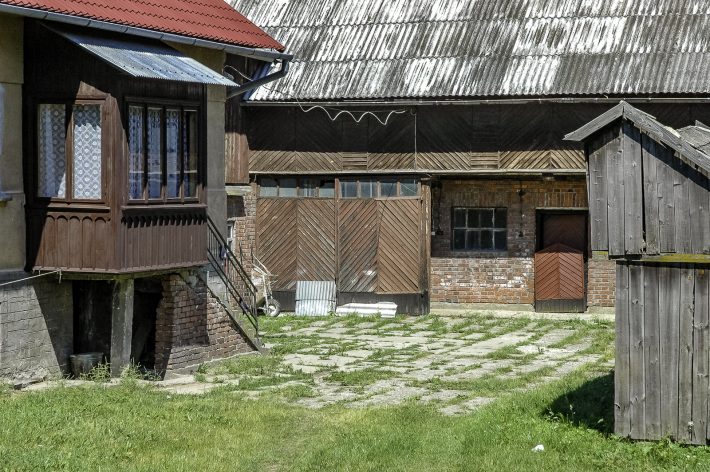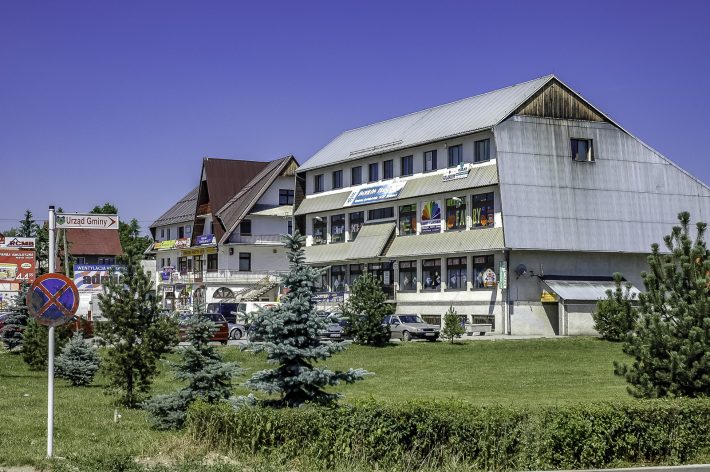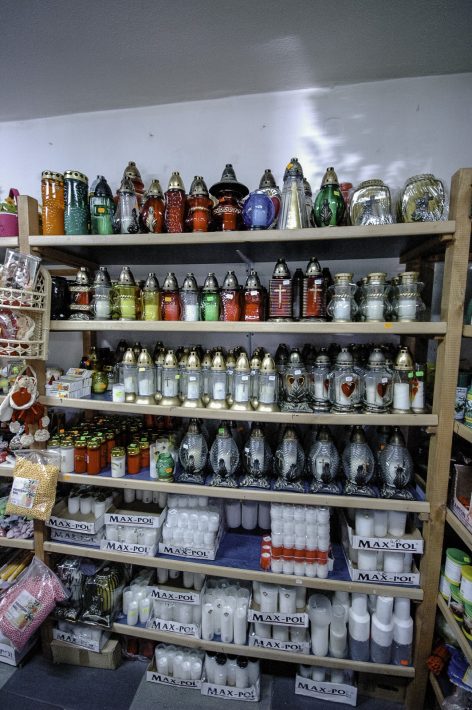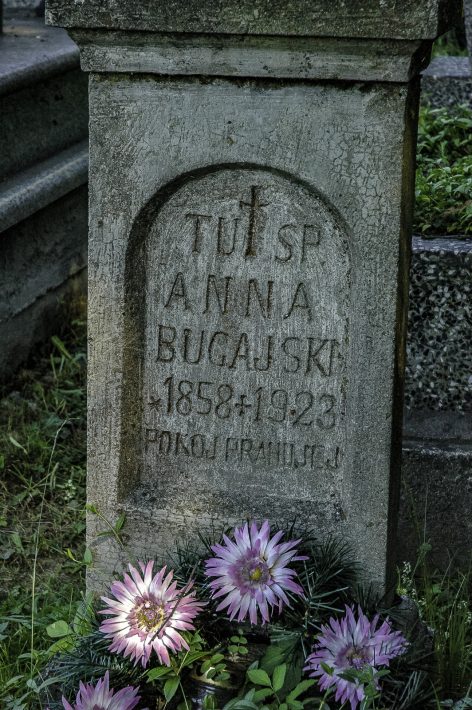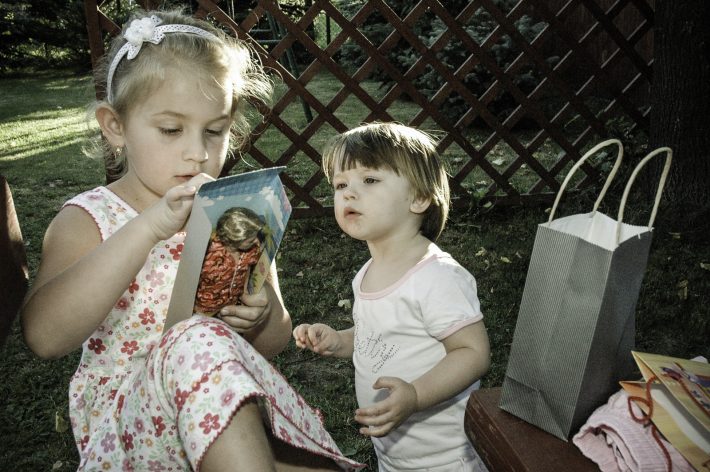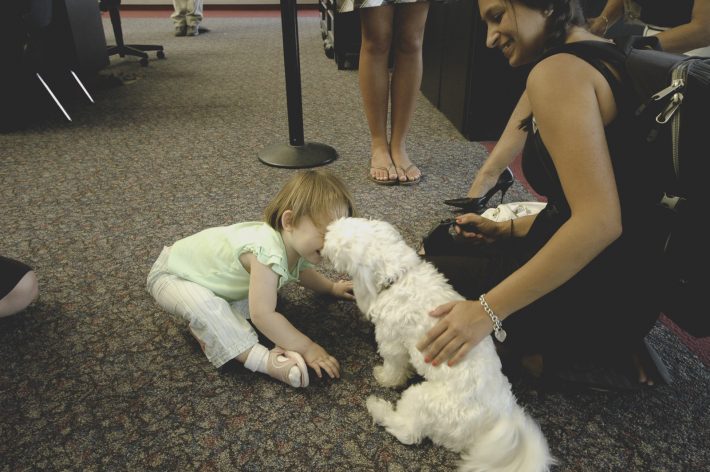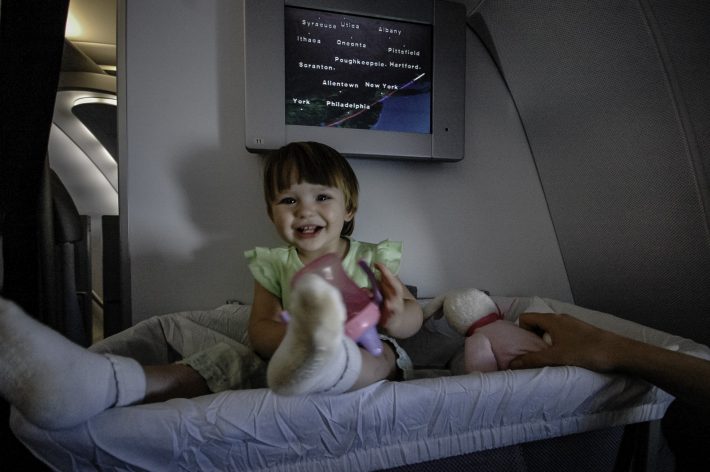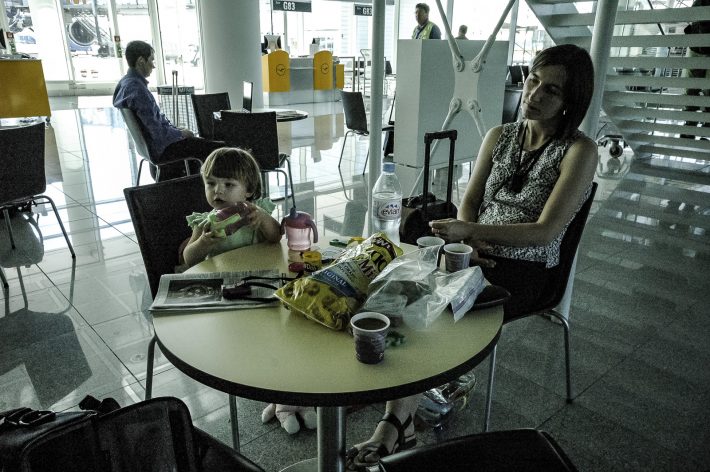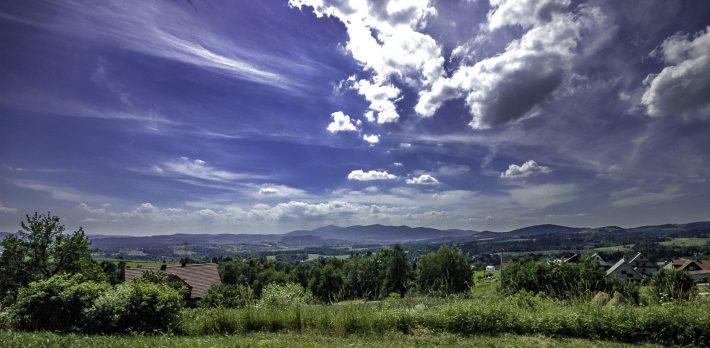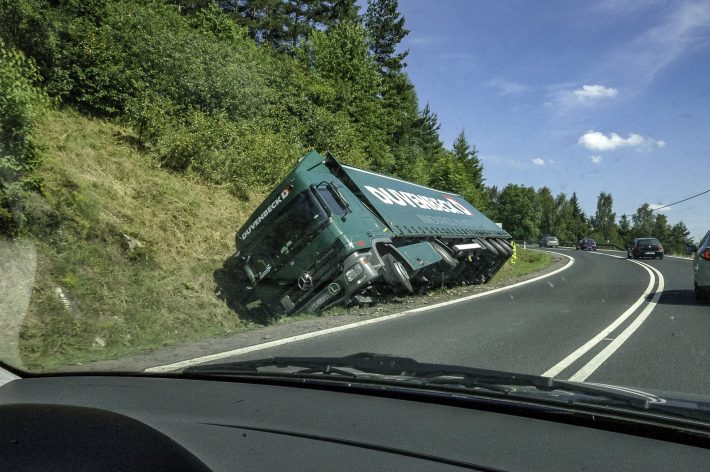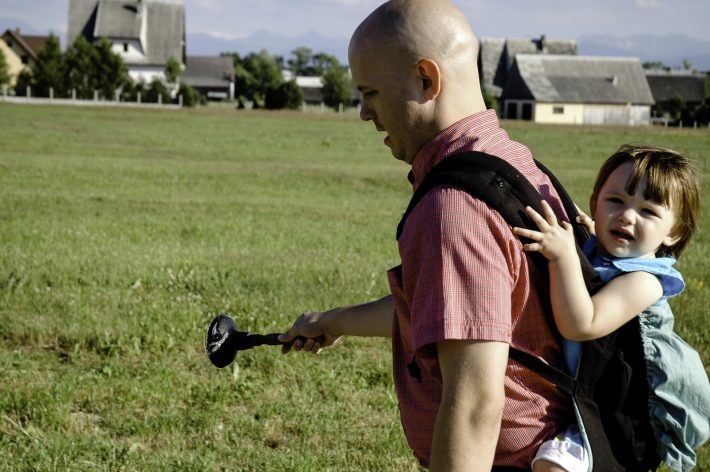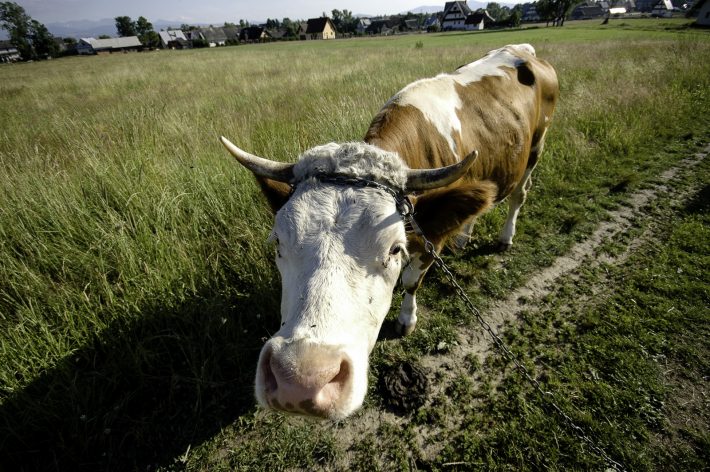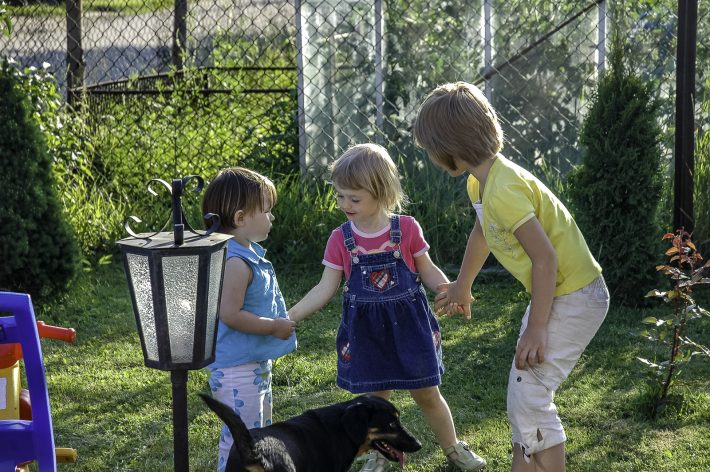Chapter seven opens with Lehi commanding Nephi to “again return unto the land of Jerusalem, and bring down Ishmael and his family into the wilderness.” And I’m stumped — who is Ishmael? This is the first mention of him in the book.
There are two Ishmaels in the Bible. The first, and most famous, is of course the eldest son of Abraham, As such, Ishmael is claimed by all three monotheistic faiths. He is the son of Abraham and Hagar, Sarah’s servant, who acts as a surrogate for Sarah.
There’s another Ishmael in Jeremiah 41 (specifically 1-3, 6-16, 18). He might be called Ishmael, smiter of Babylonians.
Of course neither of these could be the Ishmael spoken of in the Nephi, but it does establish a pedigree of a sort. Ishmaels are generally important folks. Some even like to suggest that the Arabs are descendants of Ishmael. Snooping around the net, I get the feeling that this Ishmael might play a similar role.
Nephi goes to Jerusalem and convinces Ishmael to bring his family down to the family wilderness hideout. It was a mistake: on the way back, Laman and Lemuel, along with two of Ishmael’s daughters (he has five) and Ishmael’s two sons, rebel, wanting to return to Jerusalem. Nephi talks to them, reminding them of how God delivered them from Laban and pointing out that their return to Jerusalem will mean certain death. This angers the brothers, who bind him with cords and leave him to die in the wilderness. Nephi prays, the cords fall off, and the brothers grow angry again as a result. Odd — you’d think that if the brothers were leaving him to die in the wilderness, they’d do just that. Apparently they were still around. They decide to do the job right the second time, but the boys’ mother and one of Ishmael’s daughters talk them out of it. The brothers repent, Nephi forgives them, and they continue.
An interesting textual note: verses sixteen through twenty-two all begin with “And it came to pass” or some variant of it. It continues with chapter eight, with eighteen verses beginning “And it came to pass” (specifically 1, 2, 5, 6, 7, 9, 10, 11, 15, 16, 17, 18, 21, 22, 23, 24, 32, and 36). I don’t recall any parallel in the Bible, though I could be wrong. Additionally, of the thirty-eight verses,thirty-five of them begin with “and.” One would think that God, being perfect, would have written a little better. I could make more of it, but I’ll take Nick Cox’s advice and leave it alone.
Chapter eight begins with Lehi having a vision. “Behold, I have dreamed a dream; or, in other words, I have seen a vision,” he says, and it gets me thinking: what was that about those “Hebraisms” that validate Smith’s claim about this being a translation? It seems that this is a Hebraism explained, doesn’t it?
The opening of the vision sounds a bit like the opening of Dante’s Inferno and Bunyan’s Pilgrim’s Progress
| And it came to pass that I saw a aman, and he was dressed in a white robe; and he came and stood before me. And it came to pass that he spake unto me, and bade me follow him. And it came to pass that as I followed him I beheld myself that I was in a dark and dreary waste. And after I had traveled for the space of many hours in darkness, I began to pray unto the Lord that he would have mercy on me, according to the multitude of his tender mercies. | Midway upon the journey of our life I found myself within a forest dark, For the straightforward pathway had been lost. Ah me! how hard a thing it is to say What was this forest savage, rough, and stern, Which in the very thought renews the fear. |
As I walked through the wilderness of this world, I lighted on a certain place where was a den, and laid me down in that place to sleep; and as I slept, I dreamed a dream. I dreamed, and behold, I saw a man clothed with rags, standing in a certain place, with his face from his own house, a book in his hand, and a great burden upon his back. I looked and saw him open the book, and read therein; and as he read, he wept and trembled; and not being able longer to contain, he brake out with a lamentable cry, saying, “What shall I do?” |
Similarly, all three see a vision, and in all three cases, the vision involves salvation. Much the same interpretation could be made of Jesus’ time in the desert. All that to say that this is another classic theme that either God or Smith was smart enough to include to provide a more authentic feel.
In the vision, Lehi seems a tree, which a summary at the beginning of the chapter explains as being the Tree of Life. However, within the text itself, I see nothing about “Tree of Life.” It makes me wonder whether the summaries at the top of each chapter (in the online version; in the audio version, a woman reads the summary while a man reads the scripture itself) are considered part of the inspired translation or not. My guess is not, but it does mean that an element of interpretation is present in the scriptures themselves — much like critical editions of a given book, I guess. However, “critical edition” and “inspired scripture” are two different things. At any rate, what we get about the fruit is the following:
And it came to pass that I did go forth and partake of the fruit thereof; and I beheld that it was most sweet, above all that I ever before tasted. Yea, and I beheld that the fruit thereof was white, to exceed all the whiteness that I had ever seen. And as I partook of the fruit thereof it filled my soul with exceedingly great joy; wherefore, I began to be desirous that my family should partake of it also; for I knew that it was desirable above all other fruit.
Yet another classic archetype: white is good. It’s so good that the Church of Latter Day Saints allowed only very limited access to non-white members until the 1970’s — but that’s another issue.
Also in the vision is a rod of iron — a favorite symbol of harsh judgment. The Beast of Revelation is described as having such a rod: “And he shall rule them with a rod of iron; as the vessels of a potter shall they be broken to shivers: even as I received of my Father.” (Rev. 2.27, KJV).
Additionally, Lehi sees a great multitude seeking the tree but who were enveloped in mists of darkness and “they who had commenced in the path did lose their way, that they wandered off and were lost.” Darkness and light is perhaps the metaphor for good and evil, and it’s not difficult to find this symbolism in most religions.
Finally, toward the end of the vision, we see the best indication that this was the Tree of Life: “And after they had partaken of the fruit of the tree they did cast their eyes about as if they were ashamed.” That sounds awfully familiar.
The vision continues thusly, with various groups trying to get to the fruit but unable to: getting lost, drowning, and so forth. Most signficantly in the vision, Laman and Lemuel do not take the fruit.
Chapter nine deals with Nephi’s plates. The summary is sufficient:”Nephi makes two sets of records–Each is called the plates of Nephi–The larger plates contain a secular history; the smaller ones deal primarily with sacred things.”
I’m curious as to whether this is the explanation of 1 Nephi and 2 Nephi. We’ll find out soon enough, I suppose.
